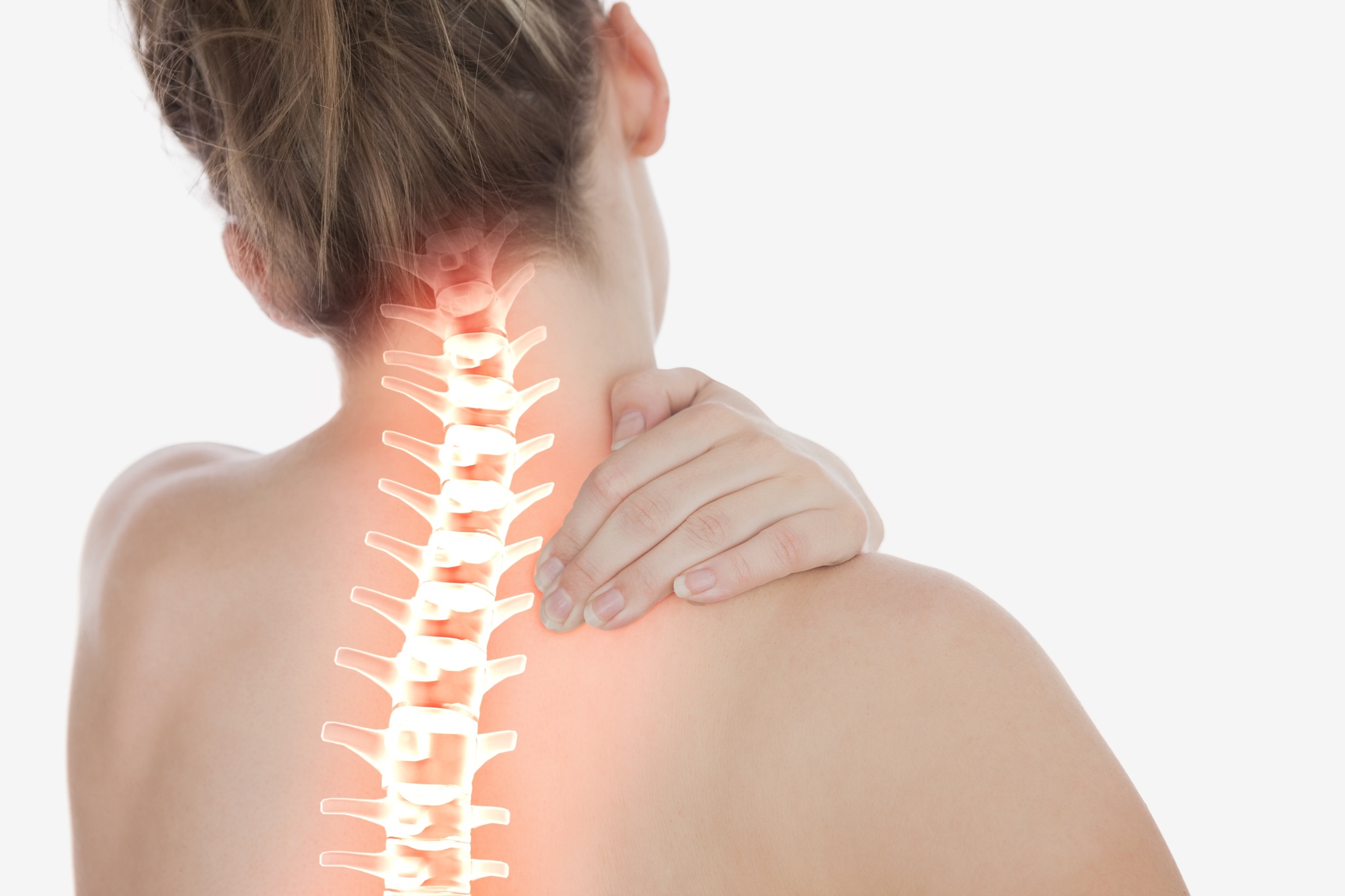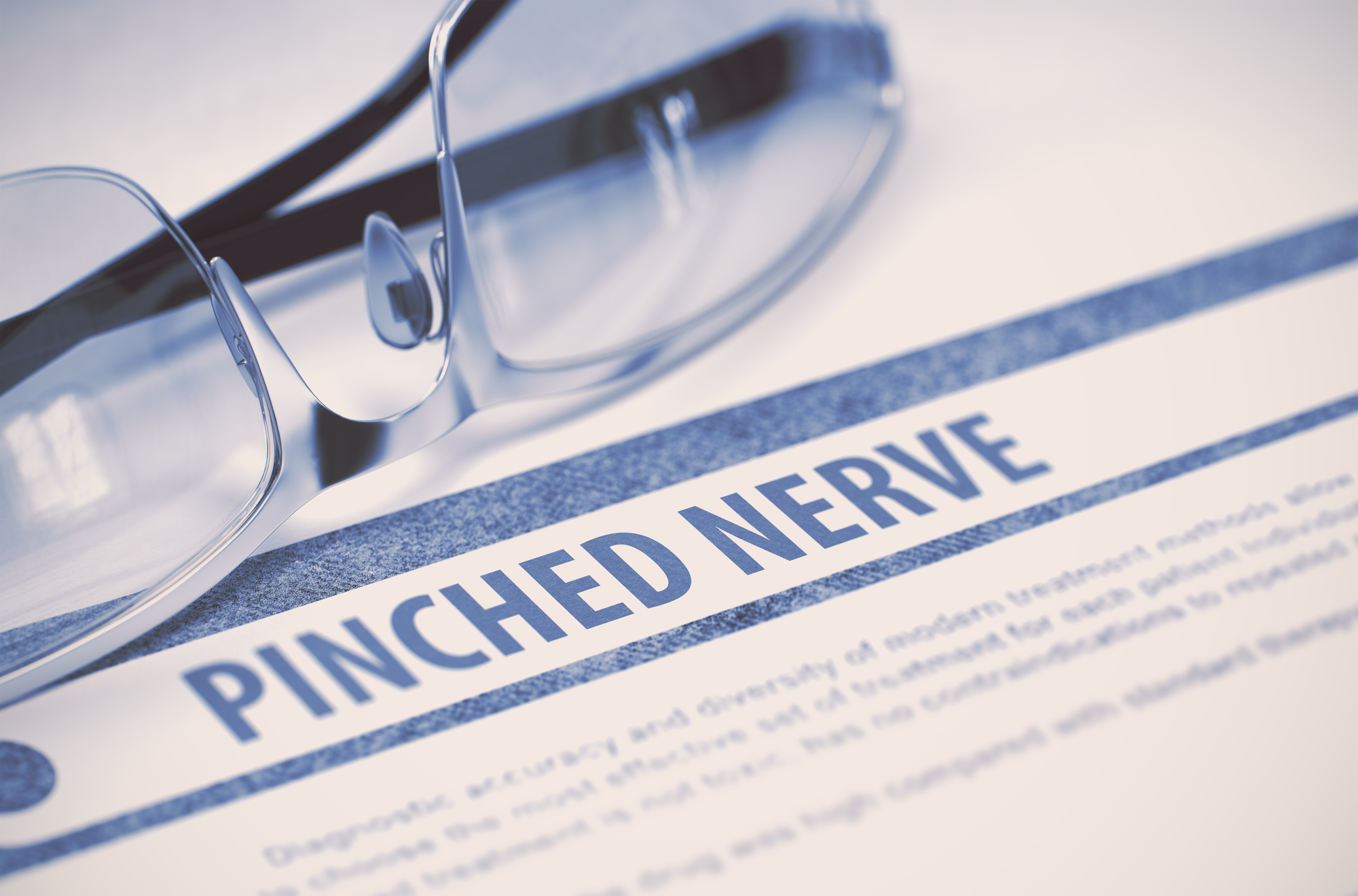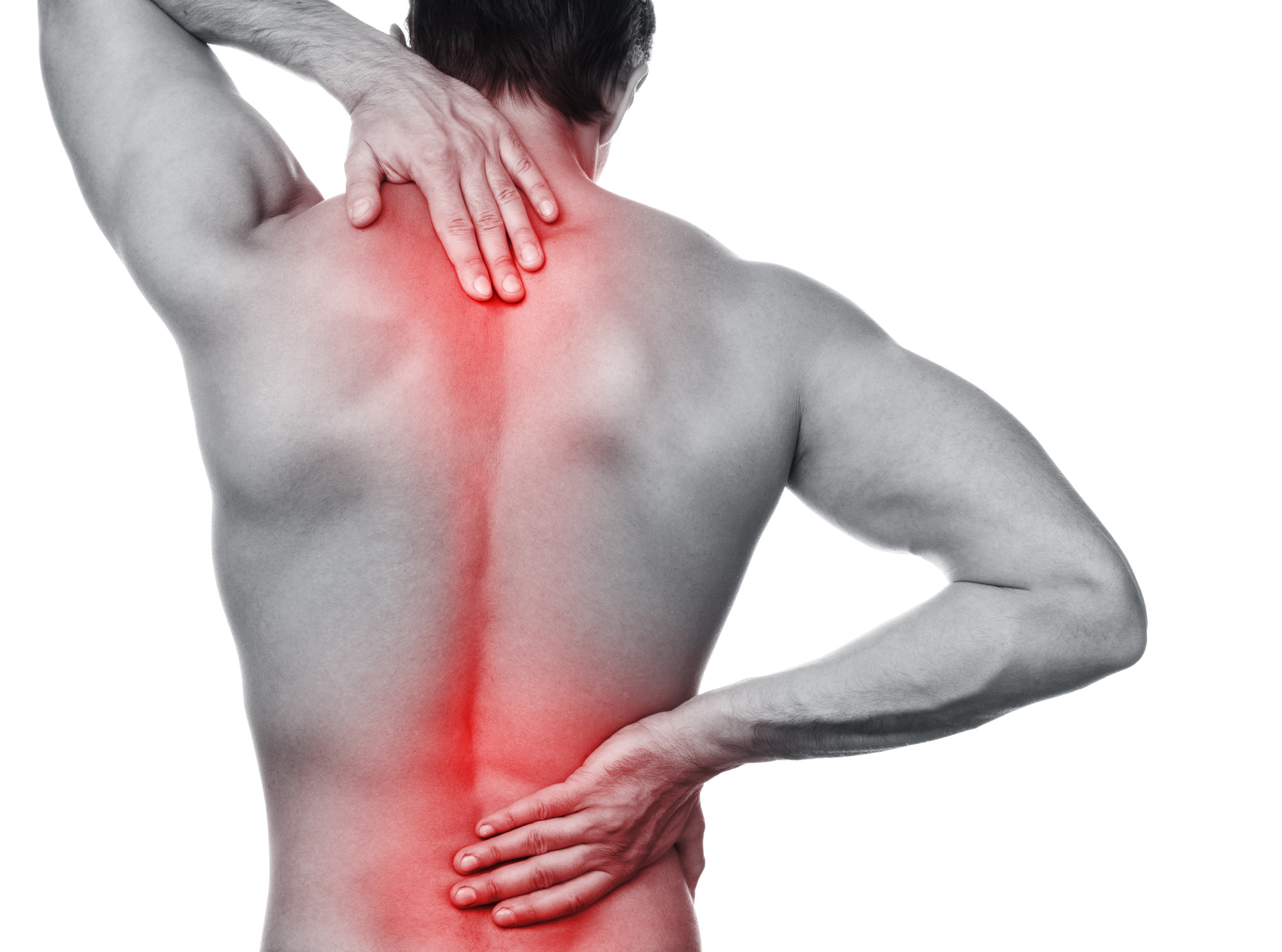Stem Cells, PRP and Back Pain
Are you one of the 8 in 10 Americans who suffer from back pain each year? Did you know that back pain is one of the most commonly cited reasons for missing work? And is the second most common reason for seeking medical treatment?
Keep reading to learn more about back pain and the detrimental impacts it can have on adults.
Ohhhh….My Back
Have you ever expressed these words? Had to miss out on a scheduled activity because of back pain? Found yourself immobile, unable to take care of your everyday obligations due to back pain? You’re not alone.
Back pain, especially lower back pain, is on the rise, with over 33% of adults age 65 and over reporting that they experienced pain in their lower backs. Americans spend over $50 billion dollars a year on various back pain treatments and over 60% of those people experience a recurrence of back pain within two years.
There are a number of conditions that can contribute to your discomfort, some of which include what you spend your day doing. Many people with back pain report spending a good portion of their day sitting at a desk.
Not only does back pain impact your ability to do your job, it can also impact your daily household tasks, sleep, and ability to exercise. Dealing with back pain on a day to day basis decreases your quality of life and can impact those around you as well.
But, just because it seems like everyone has back pain these days doesn’t mean you have to live with it! Stem cell therapy and platelet rich plasma (PRP) therapy are two cutting-edge, minimally invasive treatments that can alleviate your pain. Read on to learn more about these two therapies.
What is Stem Cell Therapy and PRP Therapy?
Stem cell therapy and PRP therapy are two unique ways to treat pain, injuries, and illness. Some of the conditions that can be treated with these therapies include:
- arthritis
- back pain/injury
- joint pain/injury
- spinal cord injury
- multiple sclerosis
In simple terms, stem cell therapy and PRP therapy use your own stem cells or plasma, taken from your body, to repair, regrow, or regenerate damaged cells.
Stem cell therapy involves the extraction of your stem cells from your bone marrow or your fat tissue. The stem cells are then injected into the site of the pain, where they transform into the needed cells to help repair damage.
PRP therapy is a bit different. In PRP therapy, your blood is processed through a centrifuge and then the PRP is re-injected into the injured area.
PRP is believed to have special proteins that promote cell growth. The PRP aids in the regrowth of healthy cells in your injured areas.
What’s the Process?
Now that you know a little about stem cell therapy and PRP therapy, you’re probably wondering how it works. Is it painful? How long does it take? How soon will I feel relief?
The process for both therapies is pretty simple and quick. Both are outpatient procedures, require no anesthesia, and allow you to return to normal activities relatively quickly after the treatment.
The first step in either process is an exam by a doctor to determine if you are a good candidate. The doctor also may want to do an x-ray or MRI.
Stem Cell Therapy
If you are undergoing stem-cell therapy, the procedure involves extracting bone marrow from your hip bone and separating the stem cells.
The process works like this: bone marrow is extracted from your hip bone and the stem cells are separated out in a centrifuge. The stem cells are then injected into your damaged disc using an x-ray as a guide. And….that’s it!
You can recover at home and could potentially experience total relief from your back pain.
PRP Therapy
Like stem cell therapy, PRP therapy is an outpatient procedure. After an exam, the process begins with a blood draw and then processed using a centrifuge. The platelet-rich plasma that is separated from your blood is then injected into the site of the pain or injury.
Some doctors may use a lidocaine injection or a local anesthetic to numb the site of the injection. And just like stem cell therapy, you’re able to go home to recover and can return to your normal activities quickly.
Can this Really Work to Decrease my Back Pain?
The short answer is, yes, stem cell therapy and PRP therapy can decrease your back pain. Professional athletes like golfer Tiger Woods and tennis player Rafael Nadal have used PRP therapy and touted its effectiveness.
The idea is that injecting stem cells and/or PRP into damaged tissues stimulates your body to grow new cells and promote healing. Since the injections include concentrated amounts of stem cells and PRP, it is believed that the tissue may heal faster as well.
Research has found that people who go through stem cell therapy are highly satisfied with their experience. Patients who have undergone stem cell therapy often report that they can exercise like normal, sleep better, and experience pain while completing every day activities. And, not only does stem cell therapy improve your daily life, it can also reduce the need for opioids and other painkillers.
Am I a Good Candidate for These Treatments?
Have you been diagnosed with a treatment such as a bulging or herniated disc? Sciatica or other spine conditions? Spinal stenosis?
Do you have trouble doing everyday activities, including sleeping, exercising, standing for long periods of time, and taking care of your home?
Have you tried other treatment, like visiting a chiropractor, doing physical therapy and stretching, or yoga? Have you had spinal surgery already with no success?
If you answered yes to any of these questions, these treatments may be right for you. To take the next step to eliminate your back pain once and for all, contact us for more information and your no-cost MRI review. What do you have to lose? Nothing. What do you have to gain? Potentially becoming pain-free for the rest of your life.










